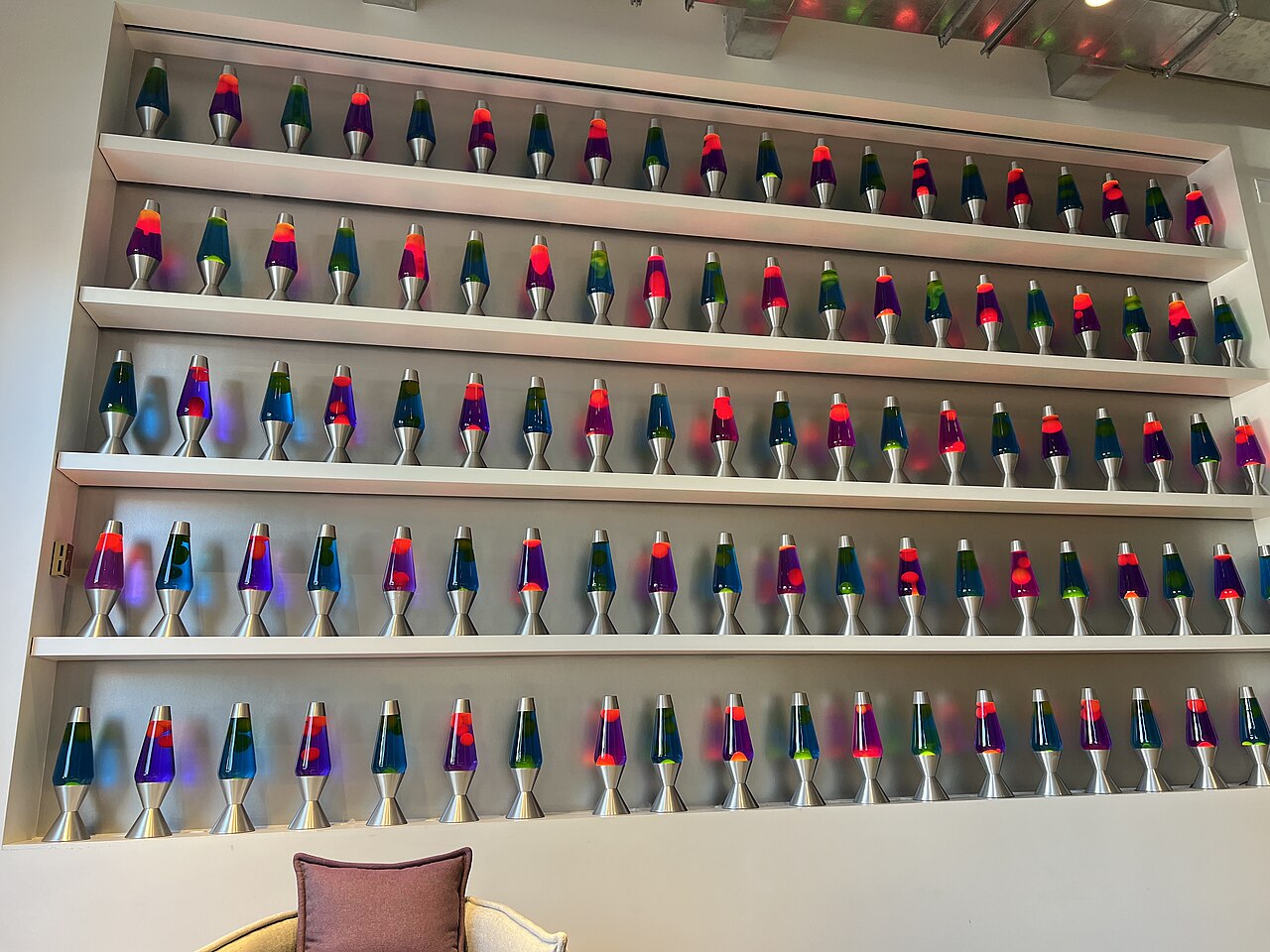Given most have left the technopastoral garden for the stream (Look our Mike Caulfield, incoming trackback pings from here), I’m given to wonder of how we swim there. Its a side venture to the old trope quote of giving fish vs teaching how to fish (I once spun in the fish nuggets effect, but that’s tangential to what’s already a tangent).
Much online interaction in the increasing sprawl of social media ponds is the tireless act of clicking like buttons or the reshare (I want say “re-X”) indeed “I want to inform my network” is noble-ish, in does, in many ways work. My main goal in scrolling is sifting the stream for things of interest, yes I do the re-thing, but also do old school social bookmarking.
I’ve been noticing though that often the links peddled around often are from sites that likely at one time we might ave referred to as “news” sources, but pretty much, the most common pellets are more or less content stuffed and adorned with an increasing array of visual ad cruft.
Really, much of the internet is this cat and ad game to solicit me to look at more ads and enter my email address so I can get more things I have to unsubscribe from.
It means more and more of my attempts to read and learn are first a scraping of the screen of multiple popup boxes, solicits to sig up for newsletters, and averting my eyes from the blinking pile of ads ever encroaching more on what I want to read. Here’s a little gif example showing how much scraping i takes to read something from the MIT Technology Review (before my one free read this month is gone).

And also, I end playing games like opening things in incognito windows or other devices to avoid the paywalls (I have a little gizmo o build for endwalling the NYT). It takes more work, but its just become par of the flow.
Yet also what I am noticing is that the oft shared links are web pages that are more or less some low paid worker recasting a story from elsewhere, with maybe an AI generated feature image. Ask, is this writer operating from a pure interest of sharing information, or sucking me to the ad blinking festerhole?
And I get that all of this is in some ways required to make even the publishing of online sites possible. Someone has to pay for electricity, web servers, creators time. Information may want to be free but web servers do not run for free.
But is this the best way? I shrug and offer no alternatives.
Even the Quote Investigator site, one I have relied on long for great references, is almost so encrufted with ads and popups, I am more hesitant to link chase.
And worse, many of these articles “on the web” lack the fundamental feature that makes the web a web… how can you write online articles and no include hyperlinks? Reading an online article that does not include any hyperlinks is a sign of rotting web fish.
In Which I Have Strayed from My Topic
Old interne main raging at the cloud computing aside, what I wanted to get through is the always practical practices shared my my old pal Mike Caulfield (it’s been a while, pal) that has evolved from the Four Moves to the SIFT method of information / web literacy— if you have not seen it yet, put my dribble writing aside and spend some time and share the new incarnation of the Check, Please Starter Course (which somehow manages to exist without Shopify or VRBO ads).
Not just for fact checking, the whole idea of swimming agains the internet current of “easy sharing” is to always try swimming upstream to the sources.
If an article is extolling the summary (these days likely AI generated) of a research article, see if you can actually find it. Or the other work of an author. Or the other related work of the institution where it happens.
It’s not only fact checking, but also, I find, along the way, I always learn more than some blurb news site’s click bait quote summary. And most of that learning happens by links (or searching for at least the side tide pools where more links swim).
Huh?
It Started With Lava Lamps
It began with a Mastodon shared story that nibbled my interest. There is some process that kicks in during my scroll throughs of social media that trigger the spidey sense feeling whether the link is worth pursuing or not. Sometimes I will spend time swimming, other times I will just keep it floating in my tub of open tabs until Icome back or just close later when I cannot remember why I kept it open, and others I may social bookmark.
I do enjoy the upstream swimming, so maybe things should not change.
Most recently, the spark came for this shared story referencing lava lamps (the word alone triggers neurons of 1960s 1970s retro nostalgia and an old story I will not burden those post with).
In The Language of Lava Lamps (URL purged of tracking code) published in the Paris Review (only 2 ads), writer Nora Claire Miller leads with her own (non AI generated) photo and a compelling lead:
In an office-building lobby in San Francisco, there is a wall where about one hundred lava lamps simultaneously flow. They are not just decorating the wall; they are helping to encrypt the internet.
The lava wall is owned by a software company called Cloudflare. A camera photographs the lava lamps, whose patterns are constantly shifting. Each image is then digitized and stored as a series of numbers. This analog process produces sequences that, in their organic variance, are more unpredictable than anything a computer could generate on its own. With the help of its lava lamps, Cloudflare encrypts at least 10 percent of global web traffic.
https://www.theparisreview.org/blog/2023/09/29/the-language-of-lava-lamps/
Now I am hooked, and the author works in a weaving tale of personal interest, history of lava lamps, I like the writing a lot.
Except.
There is nary a hyperlink. Maybe it’s a publication choice to not let readers click away, or maybe it’s just too much effort to write with hyperlinks. But I can feel myself saying as I read “I would have linked to Wikipedia” or “Why not link to the source?”
And I can’t really use the excellent photo, but a short swim over to Wikimedia Commons helps:

On its own, I cannot swim any further from the Paris Review, but of course, Google Fish is standing by. I am curious more about what Cloudflare is doing, so I am searching for https://www.google.com/search?q=Cloudflare+lava+lamp+encrypt
I always enjoy stories from Atlas Oscura, and a top search result is a page with a video, And while the video i quiet an excellent explainer, I get annoyed as I want to read/scan information, not wait to pluck it from a video. One more link to the “story” Encryption Lava Lamps “The randomness of this wall of lava lamps helps encrypt up to 10 percent of the internet.”
Again, it’s a decent enticement. And Atlas Obscura’s offer is the ability for readers to click to say they’ve been to a place (260) or to indicate they want to visit (2089)– this harkens me back to the original 43 Things social media site.
It’s interesting, and easily shared, but I still am not far upstream.
The source really is CloudFlare itself, which does have a most informative article on How do lava lamps help with Internet encryption?
To collect this data, Cloudflare has arranged about 100 lava lamps on one of the walls in the lobby of the Cloudflare headquarters and mounted a camera pointing at the lamps. The camera takes photos of the lamps at regular intervals and sends the images to Cloudflare servers. All digital images are really stored by computers as a series of numbers, with each pixel having its own numerical value, and so each image becomes a string of totally random numbers that the Cloudflare servers can then use as a starting point for creating secure encryption keys.
Thus, with the help of lava lamps, Cloudflare is able to offer extremely strong (and sufficiently random) SSL/TLS encryption to its customers.
https://www.cloudflare.com/learning/ssl/lava-lamp-encryption/
It is full on explanation, even with Learning Objectives (maybe with not enough cool photos of lava lamps). As part of CloudFlare’s Learning,Center, a decent, if somewhat company promoting, source of information for a wide range of networking topics. CloudFlare’s article has links but all are internal, so when I see the statement at the bottom:
Was Cloudflare the first company to use lava lamps for encryption?
https://www.cloudflare.com/learning/ssl/lava-lamp-encryption/
Surprisingly, no – a company called Silicon Graphics designed a similar system called “Lavarand” in 1996, although the patent has since expired.
Cloudflare provides their own artlucle link if, say I am curious about the original Lavarand. For that, I jump pools over to Wikipedia’s article on Lavarand to see even more places to swim.
Who’s All Wet?
Maybe it’s just me, but I get so much curiosity enabled neurons in my un-artifically intelligence banks in this process. My memory connections are likely something like vectors being adjusting in direction and amplitude as I read and click, but a least my associations, if no vast and precise, are not driven solely by word proximity.distance in large bodies of unseen text.
I am continually refining my own embeddings.
In my internet swimming, I am always looking upstream and sideways. Sites that are not encrusted with ads and also imbued with outward going hyperlinks are always a positive sign to dig more.
Maybe this is why I am not spending my time honing my AI Prompt game, I’d rather be swimming. Just this week, Terry Elliot shared a beautiful gem…
How Did I Get Here is not only a fabulous experience to interactively see how data paths in the interne flow, the explanation that its crestor Lexi offers is an exemplary bit of explanation power chock full of outward links. Had I not swam here, I would have never learned of a key bit of internet infrastructure called Border Gateway Protocol (BGP). A side swim to Wikipedia adds even more to my knapsack.
The Border Gateway Protocol was sketched out in 1989 by engineers on the back of “three ketchup-stained napkins”, and is still known as the three-napkin protocol.[4]
https://en.wikipedia.org/wiki/Border_Gateway_Protocol
But the swim paths go all braided wide when I visit Lexi’s web site and find a whole raft of fascinating web projects, fun things like an upside down Tetris and Wondermap, a JSON powered cared based note taking tool built by 2 people in 48 hours… but a huge gem/find was Putting the “You” in CPU a most useful, well designed, and worthy of being an educational resource for.
Curious exactly what happens when you run a program on your computer? Read this article to learn how multiprocessing works, what system calls really are, how computers manage memory with hardware interrupts, and how Linux loads executables.
https://cpu.land/
The more I swim, the more I find places to go. And there are ons of obscure, non-trending, fascinating projects, art pieces, writing out there, so why just peddle share the same stuff everyone else is?
There is much to experience that is not AI Hype or Get On the AI Train or Get Off the Tracks or Pitiful Tales of Billionaire CEOs. Plus, the more you swim, the more you find that is not percolating through as quick shares of hyperlink-less ad-click bait on social media.
Are there other upstream web fish out there? I hope so.
Oh, and if you check trackbacks, hi Mike.
Now I need to jump back in….
Featured Image: My photo, no crap chat generators needed. Swimming in the Cold Waters flickr photo by cogdogblog shared into the public domain using Creative Commons Public Domain Dedication (CC0)


